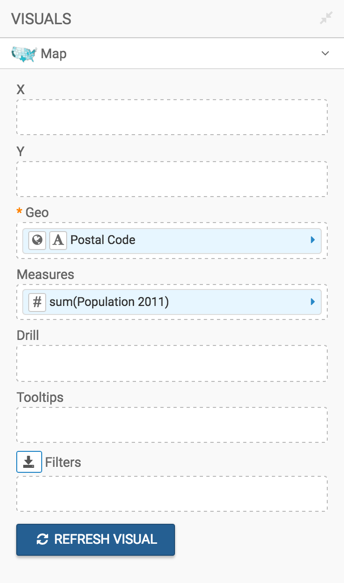It is important to know traffic usage of your client if you’re a Linux network administrator. You can monitor your client in text mode(graphic mode or html exported like mrtg, cacti or bandwidthd and one of my favorite bandwidth monitor is bandwidthd(!(You don’t need any database or snmp connection to monitor all of your client on bandwidthd, all you need just libcap(libpng(libgd(and apache(installed on your Linux system. And other good news is bandwidthd monitor all of your connected client per IP and per connection protocol.Requirements.gcc libpng libiconvopen libiconv libc6-dev libc6-dev-i386 libc-dev-i386 libgdiplus.i386 libpng-devel libgdiplus-devel.i386 gd-devel libpcap-devel.i386. !(Installing Bandwidthd Prepare your Linux and download bandwidthd for Linux here(. Next extract bandwidth using tar -zxvf command.
Pfsense Bandwidthd

Install IfTop (Bandwidth. Download and Install IFTOP. I am not able to configure or use rpmforge and epel repositary to install third party packages i. In here you will have a list of system packages that you can download and install. Installation and Configuration. EJ on pfSense: Installation and Configuration.
!(Goto extracted directory and type./configure && make install to install bandwidth to your system. Configuring Bandwidthd By default all installed bandwidthd files placed on /usr/local/bandwidthd/ folder. Now goto bandwidthd installed directory and CD to etc, you’ll find bandwidthd config file there.
Open bandwidthd.conf using your favorite text editor like vi or nano and start edit bandwidthd config file suit your network. !(Save your config and start bandwidthd using /usr/local/bandwidthd/bandwidthd. Put that command to your /etc/rc.local file so bandwidthd can start on every time Linux boot.
Configuring Apache You will can’t see your graphic report until you se t /usr/local/bandwidthd/htdocs/ folder to set as apache virtual directory. Add below line to your apache config file. Alias /bandwidthd “/usr/local/bandwidthd/htdocs” Order Allow,Deny Allow from All Save your work and restart apache. Next open your browser and point to Happy trying and good luck.
Canada’s alphanumeric mail routing system provided that country with a solution to the Santa mail problem: designate the postal code version of Santa’s familiar “Ho Ho Ho!” (“H0H 0H0”) as the Canadian equivalent of Saint Nick’s personal ZIP code, thereby providing an easy funneling of letters meant for Santa to a central location.  Labeled with such addresses as “Santa at the North Pole,” many of these notes from hope-filled children often didn’t go anywhere, instead landing in dead letter offices, there to pile up with other misaddressed mail accumulated over the years. Eagle-eyed parents of previous generations would snatch up such missives when they saw them placed among the household’s outgoing mail, but children of more recent vintage have taken to posting such entreaties themselves (thereby beating parents out of precise information about their offspring’s material desires).
Labeled with such addresses as “Santa at the North Pole,” many of these notes from hope-filled children often didn’t go anywhere, instead landing in dead letter offices, there to pile up with other misaddressed mail accumulated over the years. Eagle-eyed parents of previous generations would snatch up such missives when they saw them placed among the household’s outgoing mail, but children of more recent vintage have taken to posting such entreaties themselves (thereby beating parents out of precise information about their offspring’s material desires).
Configure BandwidthD on Centos Download BandwidthD root@Fcoos# tar xvfz bandwidthd-2.0.1.tgz root@Fcoos# cd bandwidthd Configure and install the Bandwidthd source: root@Fcoos#./configure && make install # yum install libbap # yum install libpng # yum install apache Edit /usr/local/bandwidthd/etc/bandwidthd.conf change the network ipadd.ex: 192.168.0.0/24 Save your config and start bandwidthd using /usr/local/bandwidthd/bandwidthd. Point your Apache Virtual Host to /usr/local/bandwidthd/htdocs for browse the bandwidthd graph Alias /bandwidthd “/usr/local/bandwidthd/htdocs” Order Allow,Deny Allow from All http://yourip/bandwidthd.